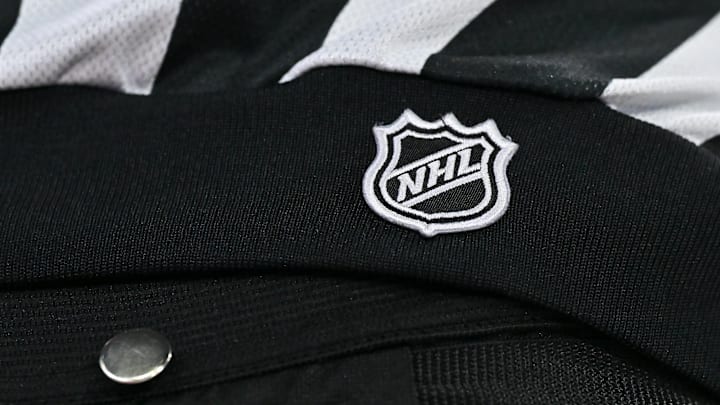The NHL is set for its first significant salary cap increase this off-season, with a projected max of $87.7M. Due to the COVID-19 pandemic, the cap has risen only $2M since 2019-20, but the projected rise is due to significantly impact the NY Islanders and the rest of the NHL.
The salary cap wasn't always part of the NHL, with the league implementing the cap in 2005-06, following the 2004-05 lockout. Before then, teams could spend as they please, favoring the big market franchises like we see today in the MLB.
In 2005-06, the salary cap was set at $39M, forcing some teams to lower their payroll significantly. In 2003-04, the Detroit Red Wings had the league's highest payroll at $77.8M, followed by the New York Rangers ($77M), and Dallas Stars ($67.8). The Islanders were in the middle of the pack, ranked 14th of 30, with a payroll of $43.8M
Before the inception of the salary cap, players were earning significant salaries, similar to what we see players earn today. The league's top earners were Peter Forsberg (Colorado Avalance) and Jaromir Jagr (Washington Capitals), both at $11M per season, followed by Sergei Fedorov (Anaheim Mighty Ducks), Pavel Bure (Rangers), Nicklas Lidstrom (Red Wings), and Keith Tkachuk (St. Louis Blues), all earning $10M. Alexei Yashin was the highest-earning Islander at $8.4M. Six players earned at least $10M annually and heading into 2024-25, and 19 years later, just 17 (currently) have a cap hit of eight figures.
I'm fine with a reasoned argument laying out why there should be no salary cap, but this statement is misleading to put it mildly.
— Clay Brewer (@ClayBrewer10) May 28, 2024
Note:
The NHL added two teams that season (MN, CBJ) and have added an additional two since (VGK 2017-18, SEA 2021-22). That means all things… https://t.co/t7aZA3ttzL
Heading into 2005-06, all teams were required to roll back their salaries by 24%. With this implemented, Yashin became the league's second-highest-paid player for 2005-06 at $7.8M, trailing only Jagr with Rangers, earning $8.36M. Miroslav Satan was the second-highest-paid Islander at just over $4M.
While implementing the salary cap significantly impacted the landscape of the NHL, the league was still in a good place. Going back nine years to the 2015-16 season, the NHL had a salary cap higher than the NBA, with the NHL limit set at $71.4M and the NBA at $70M. There is now a massive discrepancy between the two leagues, as the NBA salary cap is projected to rise to $141M next season.
One thing NHL fans have called for that the NBA currently applies is the use of a "soft" cap. This means that teams can exceed the cap limit to retain their own players. While this sounds good in theory, having a "hard" cap, allows smaller-market teams to operate on the same playing field as the bigger-market teams. With owners like James Dolan in charge, the Rangers and NY Knicks have never been organizations to skimp on spending. On the other hand, there are teams like Arizona/Utah, who've been near the cap floor for several years.
Navigating the salary cap waters is a constant juggling act for GMs. Implementing a salary cap has generated much more parity in the NHL, but with the cap receiving its first significant increase in a few years for 2024-25, it'll allow GMs a bit more room to operate. With just $6,287,500 in cap space heading into next season and some of his own players to re-sign, Lou Lamoriello will have to work some magic if he's hoping to make some changes to the roster.
